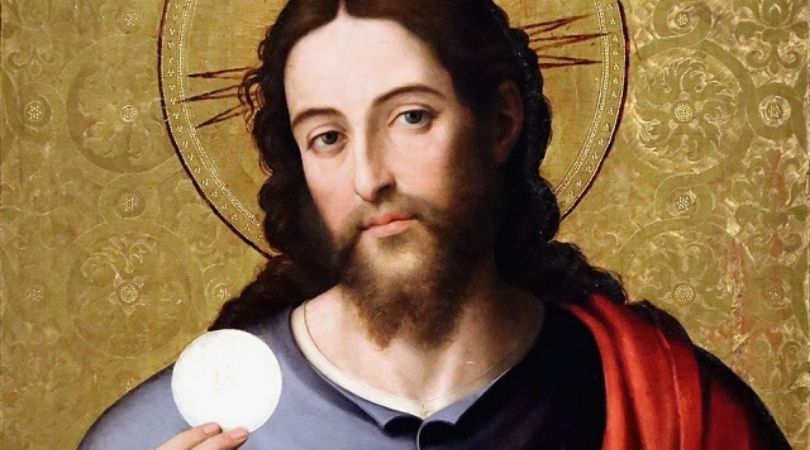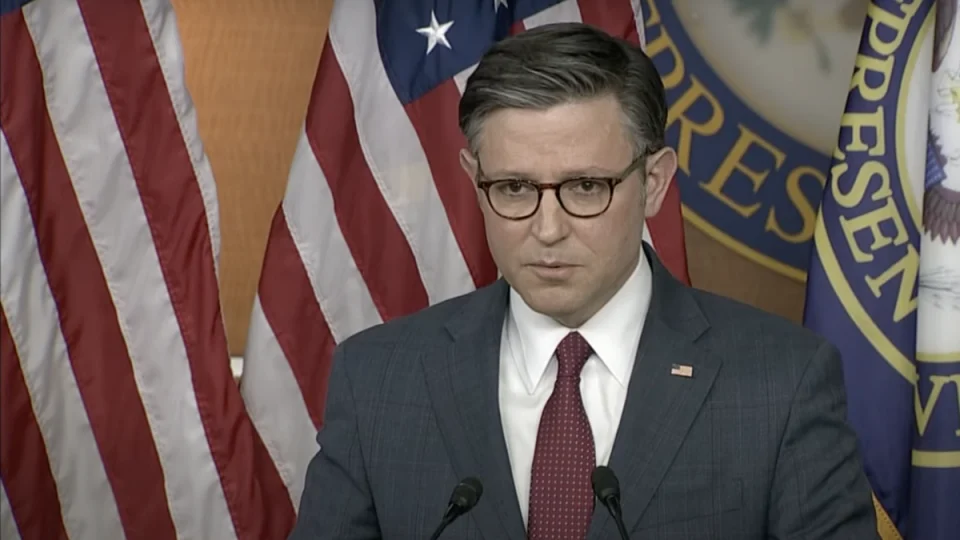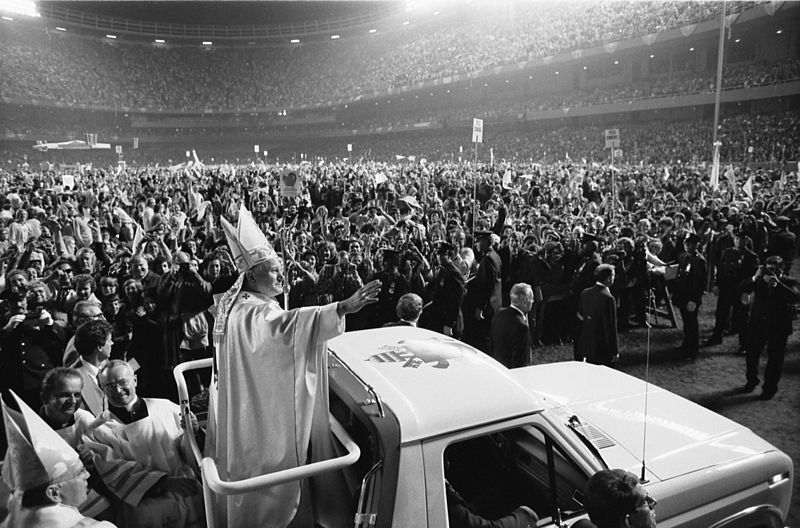 The Bishops Conferences of the World will gather to meet with Pope Francis about clergy sexual abuse on Feb. 21, 2019, the feast day of St. Peter Damian, Doctor of the Church. It is an intriguing date to begin this discussion because 1,000 years ago, St. Peter Damian also faced the widespread reality of rampant sexual sins among clergy and monks spilling over into the culture and poisoning it. In a moment we will examine how the Church, in St. Peter Damian’s times, dealt with this grave offense against God.
The Bishops Conferences of the World will gather to meet with Pope Francis about clergy sexual abuse on Feb. 21, 2019, the feast day of St. Peter Damian, Doctor of the Church. It is an intriguing date to begin this discussion because 1,000 years ago, St. Peter Damian also faced the widespread reality of rampant sexual sins among clergy and monks spilling over into the culture and poisoning it. In a moment we will examine how the Church, in St. Peter Damian’s times, dealt with this grave offense against God.
First, let us examine what is the cause today behind this hideous sexual predation of young men by the clergy of the Catholic Church. Some, like Pope Francis, have suggested that the main problem is “the culture of clericalism” with its lack of transparency among the hierarchy of the Church. But “clericalism” and lack of transparency are general causes behind the evils in the Church today, which includes, for example, financial corruption. We, however, want to know what is the specific cause of clergy sexual abuse and lack of transparency among the hierarchy related to this.
Sadly, the Church cannot seem to answer that question internally. The hierarchy is unable — or unwilling — to investigate itself. One example of this would be the scandal of 300 priests abusing 1,000 minors in Pennsylvania.Once more, this sexual abuse now includes reports of bishops and cardinals involved in abusing minors and adults. Recent statistics show that over the past 50 years 35 bishops in the United States have been “accused of sexual abuse or misconduct” Many of the accusations are credible forcing the bishops to retire or resign.
Time has run out for the hiding and covering up. Now is the time to be frank about the specific cause of clergy sexual abuse. Since 2002 some members of the U.S. Bishops and the Vatican have concealed the fact of a homosexual epidemic among the clergy. Instead they championed the idea that the fundamental problem with the clergy sexual abuse is primarily pedophilia—which gives the impression that it is a problem of priest wanting to fondle prepubescent children, i.e. below the age of 13.
Consequently, the search for the central cause for the clergy sexual abuse was deflected away from homosexuality among bishops, priests, and seminarians. But educated churchmen know this “deflection” is at the heart of the coverup. A careful reading of the statistics, and the landslide of reports about sexual misconduct by bishops, priest and seminarians with each other, clearly reveals that the problem is not pedophilia but homosexuality.
Many already know that No. 4.2 of the John Jay Study on the Nature and Scope of Sexual Abuse of Minors by Priests and Deacons in the United States (1950-2002) stated that “The majority of alleged victims were post-pubescent, with only a small percentage of priests receiving allegations of abusing young children.” And statistics on clergy sexual abuse from alternative studies show that “90 % of priests targeted teenage boys” from 13 to 17. So, the attraction here is not fondling toddlers. Rather, it is relationships with those who have fully functioning genitalia. The main problem — which is the driving force behind all of this clergy sexual abuse — is clearly “sodomy” among homosexual hierarchy and clergy in the Church. Bishop Robert Morlino of Madison Wisconsin states it best when the says that “It is time to admit that there is a homosexual subculture within the hierarchy of the Catholic Church that is wreaking great devastation in the vineyard of the Lord.”
So, why did the U.S. Bishops avoid naming homosexuality and “sodomy” among bishops, priests and seminarians as the main topic for their November 13-14 meeting in Baltimore? The National Catholic Register headlines read: “US Bishops to Tackle Immigration, Liturgical Texts, at Fall Assembly.” (Perhaps they will squeeze in an hour discussion about homosexuality among bishops, priests and seminarians at the end of the meeting).
And why are the Pope and the bishops supposedly not discussing (through avoidance) this immense problem at their meeting on Feb. 21? Once again, the theme of this meeting, “for the protection of minors,” projects the image — especially encouraged by the media — of sexual abuse of prepubescent children.
Do the Pope and U.S. Bishops think that the problem of “sodomy” spreading throughout the Church is not serious? In fact, this plague of sodomy among the hierarchy and clergy isn’t only found within the confines of the Church. The Church is like the heart of a body. When the church is spiritually sick, you can be sure that the world is even sicker. As sodomy has spread throughout the Church, the number of nations, that have approved of sodomy in the form of “same sex marriage” or “same sex unions, has now reached the alarming number of 26. The Catholic hierarchy and clergy’s lust for unnatural sex has given the nations of the world the boldness they wanted to overturn society’s historically consistent objection to institutional sodomy under the label of legitimate marriage.
But, take heart, this world-wide battle with clerical homosexuality and sodomy has happened at least once before in the Catholic Church. It happened 1,000 years ago during the 11 century and the life of St. Peter Damian. In fact, the problem among the clergy and monks in the Church became so great that St. Peter Damian took it upon himself to write Pope Leo IX stating the problem and suggesting a solution.
The letter of St. Peter Damian to the Pope is known as “The Book of Gomorrah.” This, of course, refers to the ancient cities of Sodom and Gomorrah which were destroyed by God with fire and brimstone because the people had descended to such a low level of immorality that they were even practicing sodomy. St. Jude reinforces and explains this in the New Testament when he states that the people of “Sodom and Gomorrah” are “undergoing the punishment of eternal fire” because they “indulged in gross immorality and went after strange flesh” (Gen. 18-19; Jude 1:7).
Thus St. Peter Damian says to Pop Leo IX about the spread of homosexuality among the clergy and monks: “A certain abominable and terribly shameful vice has grown up in our region. Unless the hand of severe punishment resists as soon as possible, there is certainly a danger that the sword of divine anger will be used savagely against it to the ruin of many” (Preface).
Next, he describes what kind of acts he is talking about:
Four types of this form of criminal wickedness can be distinguished in an effort to show you the totality of the whole matter in an orderly way: some sin with themselves alone; some commit mutual masturbation; some commit femoral fornication; and finally, others commit the complete act against nature (I).
Then St. Peter Damian gives his recommended solution to the Pope. He says: “Those given over to unclean acts should not be promoted to orders. And those already promoted should not remain in orders” (III).
While Pope Leo IX liked what St. Peter Damian said and encouraged him, he did not completely take his advice. It does not seem that the Saint convinced him to punish homosexual clerics with “deposition of their ecclesiastical rank” (Introduction). Consequently, we not only still have the problem of clerical sexual abuse today, it is now full blown involving the entire Church and world including members of the Church hierarchy and civil government.
But what is so mysterious and baffling is the date picked for the first day of the meeting in Rome between the Pope and Conferences of Bishops throughout the world. The chosen date is Feb. 21 the feast of St. Peter Damien.
Who picked this date? The Pope? Some cardinal? Some bishop’s conference? Or was it the Holy Spirit? I like to think it was the Holy Spirit.
This suggests to me that there is still a chance for Pope Francis to do what no other pope has done and clearly state that homosexuality has absolutely no place in the priesthood or religious life. The Pope should officially and unambiguously declare that any degree of homosexuality is a clear sign that one is not called to the priesthood or religious life. Then the Church can heal through authentic vocations to the priesthood and religious life.
It was hardly by accident or mere coincidence that Feb. 21 was chosen. The Holy Spirit is telling the Church to study and listen to the message of St. Peter Damian when trying to solve the problem of sexual abuse among bishops, priests and seminarians—-or he is warning them to do so.
__________
About Fr. Regis
Fr. Regis Scanlon, O.F.M.Cap., is spiritual director and chaplain for Mother Teresa of Calcutta’s Missionaries of Charity in Denver. He was director of prison ministry for the Archdiocese of Denver, from 1999 to 2010; a chaplain for Missionaries of Charity at their now-closed AIDS hospice, Seton House, and at Gift of Mary homeless shelter for women in Denver from 1989 to 2008. He is now the founder and president of The Julia Greeley Home, Inc., located in Denver. His articles have been published in Homiletic & Pastoral Review, The Catholic Faith, Soul Magazine, Pastoral Life, and The Priest. He has also made three series for Mother Angelica’s EWTN: “Crucial Questions,” “Catholic Answers,” and “What Did Vatican II Really Teach?”







